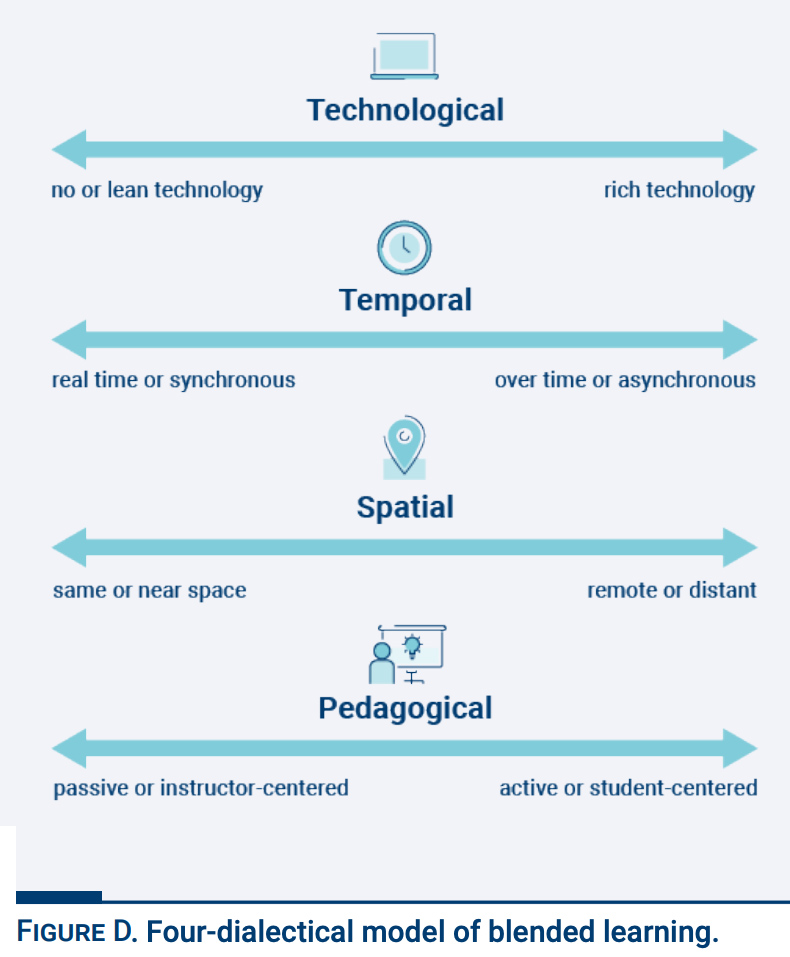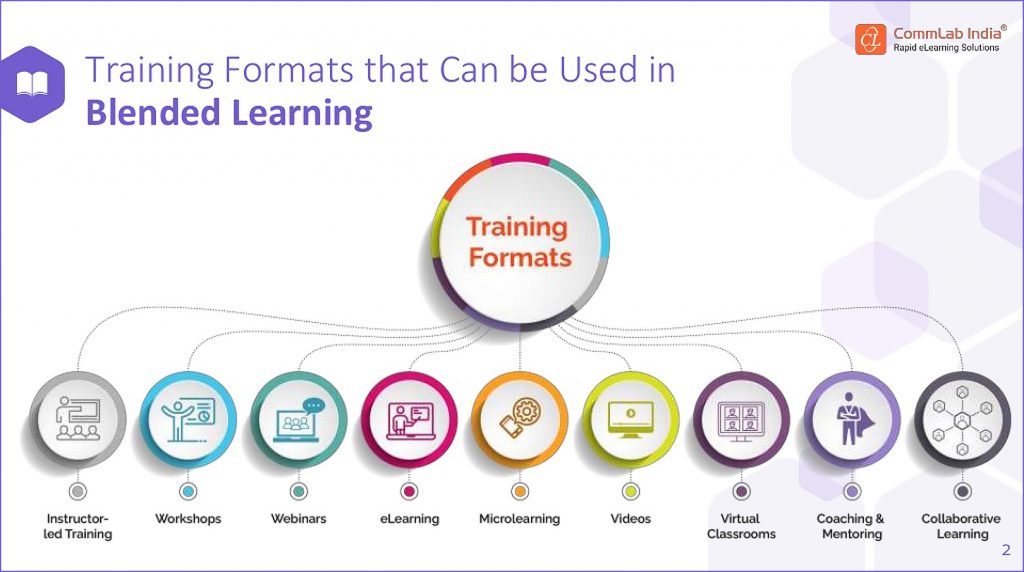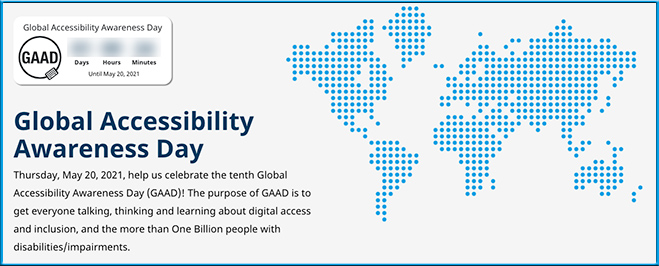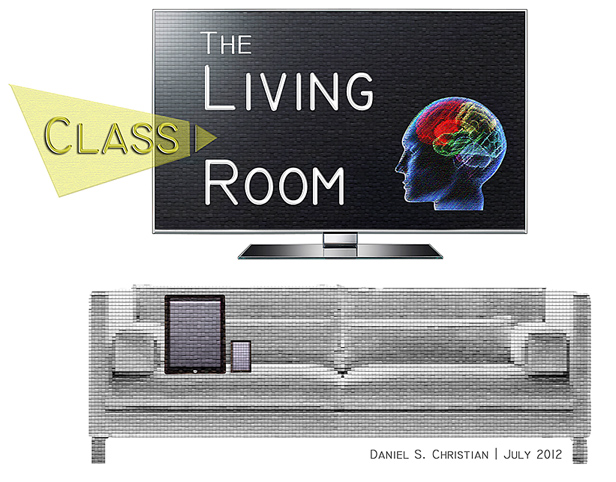A Robust and Timely Discussion of a New Kind of Homeschooling — from educationnext.org by Michael B. Horn
Hybrid approach combines at-home learning with school attendance
Excerpt:
Hybrid Homeschooling: A Guide to the Future of Education
by Michael Q. McShane
Rowman & Littlefield, 2021, $60; 142 pages.
As reviewed by Michael B. Horn
Hybrid learning and homeschooling have become prominent models over the past school year as millions more students learned from home, whether part or full time, during the coronavirus pandemic.
Against that backdrop, Mike McShane’s new book, Hybrid Homeschooling, would seem both topical and timely.
McShane’s book is instead a treatment of a strand of homeschooling that has received relatively little attention: “hybrid homeschooling,” which he defines as “a school that for some part of the week educates children in a traditional brick-and-mortar building and for some other part of the week has children educated at home.”
Also relevant/see:
- What Is Modern Homeschooling In 2021? — from elearningindustry.com by Dariya Lopukhina
The COVID-19 pandemic saw over 300 million students all over the world become homeschooled according to Thinkimpact.
















